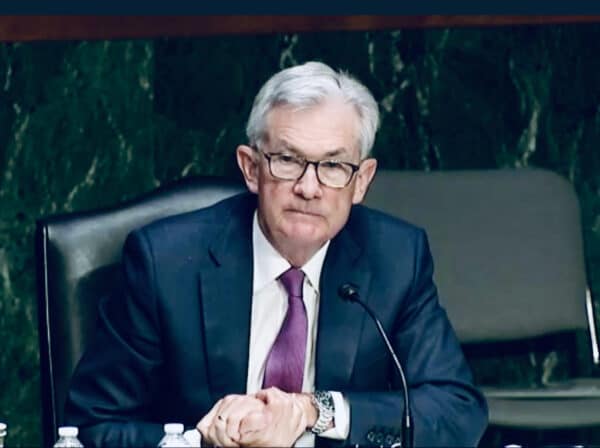The Federal Reserve is meeting this week to determine interest rates and the odds on favorite is for a 75 basis point increase to the benchmark rate. While it could go higher – perhaps 100 bps – most market observers believe 75 bps is already decided. Next up will be what will follow as the punditry parses the FedSpeak to glean where rates are going after this week’s FOMC [Federal Open Market Committee] decision.
With inflation at the highest we have seen in more than 40 years, the Fed has little choice but to stomp on inflation. Unfortunately, the current Administration has been enacting policy that has ironically made the Fed’s job harder as Monetary Policy battles Fiscal Policy. The times are strange.
So how does this impact the everyday consumer? CI received a comment from Ben McLaughlin, President of SaveBetter.com – part of global Fintech Raisin – a company that empowers consumers to earn the highest savings rate available. McLaughlin had this to say:
“With inflation currently sitting at 8.3%, all eyes are on the Federal Reserve this week as it is expected to announce the third consecutive 0.75% increase in the target rate – indicating the Fed’s determination to tame inflation through aggressive increases, even if it damages the economy,” said McLaughlin.
He noted that the Fed has two core responsibilities, price stability, and a healthy job market. It also has an inflation target of around 2% – an objective that is clearly being decimated at the moment.
“What they’re trying to do is set interest rates – which are a key component of monetary policy – in order to balance those two things against each other and tame inflation. Higher interest rates spell good news for those with savings invested, but also not-so-great news for those looking to secure loans or with outstanding debt. Banks earn profits by borrowing money at a low-interest rate and then lending it out to customers at a higher rate. Changes to the federal funds rate trickle down through the banking system, influencing interest rates on a variety of things, including mortgages and bonds, added McLaughlin. “As a direct result of the last rate hike, we saw a number of banks increase their savings offers considerably, bucking the trend for larger banks currently not passing on interest rate increases to their customers. We also saw record numbers of consumers join the platform in the days following as they look to cash-in on the increasing rates. But with an estimated $50bn still earning little to no interest each year in the US, we are encouraging consumers to do their research and seek out the banks who are offering products that deliver competitive returns now, rather than wait it out for higher rates.”
McClaughlin believes that “playing the waiting game” for higher rates could cost savers more in the long run.
“For savers with a larger lump sum, a laddering strategy will help make the most of the current interest rate hikes while maximizing returns on interest,” McClaughlin stated.
Of course, the myth of a soft landing is about as probably as unicorns in Xanadu. This next round of interest rate hikes could plunge the economy further into recession as the Fed overshoots, preferring to be safe rather than sorry. But then, perhaps, that is what the Fed truly wants as it goes full Volker in its fight with inflation. We will know more tomorrow…


